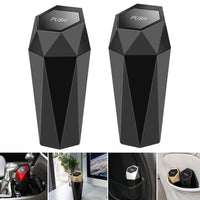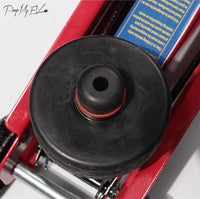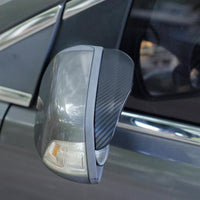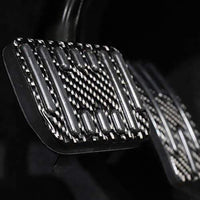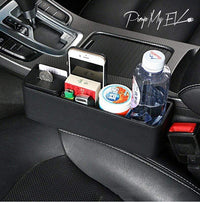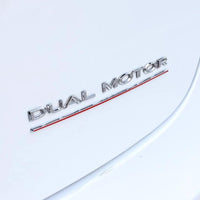Tesla appeared poised to acquire an edge in AI. While Neuralink, SpaceX, and The Boring Company are all owned by Elon Musk, there is some overlap. So, when Tesla revealed last month that it will create its own silicon tesla chips, it appeared like Tesla had an advantage.
Engineers at Tesla to work on a new way to train their neural network
Tesla is the most recent unconventional chipmaker to develop its own silicon from the ground up. As artificial intelligence (AI) grows more critical and more expensive to implement, other firms that have made significant investments in the technology, such as Google, Amazon, and Microsoft, are increasingly designing their own processors.
Elon Musk, the CEO of Tesla, stated during the event that extracting greater performance from the computer system used to train the company's neural network will be critical to advances in the field of autonomous driving. According to him, “If it takes a couple of days for a model to train versus a couple of hours, it’s a big deal,”
Tesla has already begun designing circuits to interpret sensor information in its vehicles, after the company's decision to stop utilising Nvidia technology in 2019. However, developing the type of powerful and complicated semiconductor required to train artificial intelligence algorithms is far more expensive and difficult.

Tesla dumps NVIDIA, builds and deploys own tesla AI chip (Source)
Impact of the new neural Network - Transformer
As Chris Gerdes, director of the Center for Automotive Research at Stanford University, who was in attendance at the Tesla event, put it, “If you believe that the solution to autonomous driving is training a large neural network, then what followed was exactly the kind of vertically integrated strategy you’d need,”
Tesla is relying more heavily on neural networks to recognise things on the road than most other vehicle makers, with a single massive neural network called as a "transformer" getting information from eight cameras at the same time.
In August, Tesla's artificial intelligence leader, Andrej Karpathy, said that the company was essentially constructing a synthetic animal from the ground up The car may be looked of as a type of creature. In its own right, it moves around independently, observes its surroundings, and acts autonomously.
To accomplish complete self-driving and beyond, Tesla believes “an strategy based on powerful AI for vision and planning, supplemented by effective use of inference hardware, is the only way to create a general solution.” It will do so by:
Tesla’s approach based on advanced AI for vision and planning
As per Tesla’s official website, the company has now planned to:
- Built-from-scratch silicon chips that power self-driving software, taking into consideration every architectural and micro-architectural enhancement, while pushing hard for maximum silicon performance per watt
- Analyze the design's floor plan, timing, and power.
- Test and scoreboard robustness using randomised testing.
- Develop compilers and drivers to programme and interface with the chip, focusing on performance and power efficiency;
- Validate and mass-produce the silicon chip.
Tesla's website discusses the protocols it used to build its neural networks
- Train deep neural networks on a variety of tasks spanning from perception to control using cutting-edge research;
- Per-camera networks do semantic segmentation, object identification, and monocular depth estimation on raw pictures.
- Birds-eye-view networks combine footage from all cameras to produce a top-down perspective of the road layout, static infrastructure, and 3D objects.
- Networks gain knowledge from the most complex and diverse scenarios on the planet, which are repeatedly generated in real time from a fleet of approximately 1 million cars; and,
- A complete build of Autopilot neural networks consists of 48 networks that need 70,000 GPU hours to train and generate 1,000 unique tensors (predictions) at each timestep.
Tesla Videofeed Training
Tesla collects more training data than competitors. Every Tesla on the road provides the firm video feeds from its 8 cameras. The Hardware 3 onboard computer processes 40 times more data than Tesla's previous version. The firm employs 1,000 workers to categorise photographs of automobiles, trucks, traffic signals, lane markings, and other elements.
Tesla also claimed in August that it can automatically prioritise photographs for categorization to save time. This is one of the numerous features that make Tesla distinct.
Final Thoughts
Musk might offer the D1 to other carmakers if it proves effective, according to Huei Peng, an autonomous driving professor at the University of Michigan. Peng admits he doesn't know if Tesla's strategy will pay out financially or technically, but he won't gamble against Musk. People say it won't work, yet they've done it anyhow. “But it works.”
 :
:  :
: 


